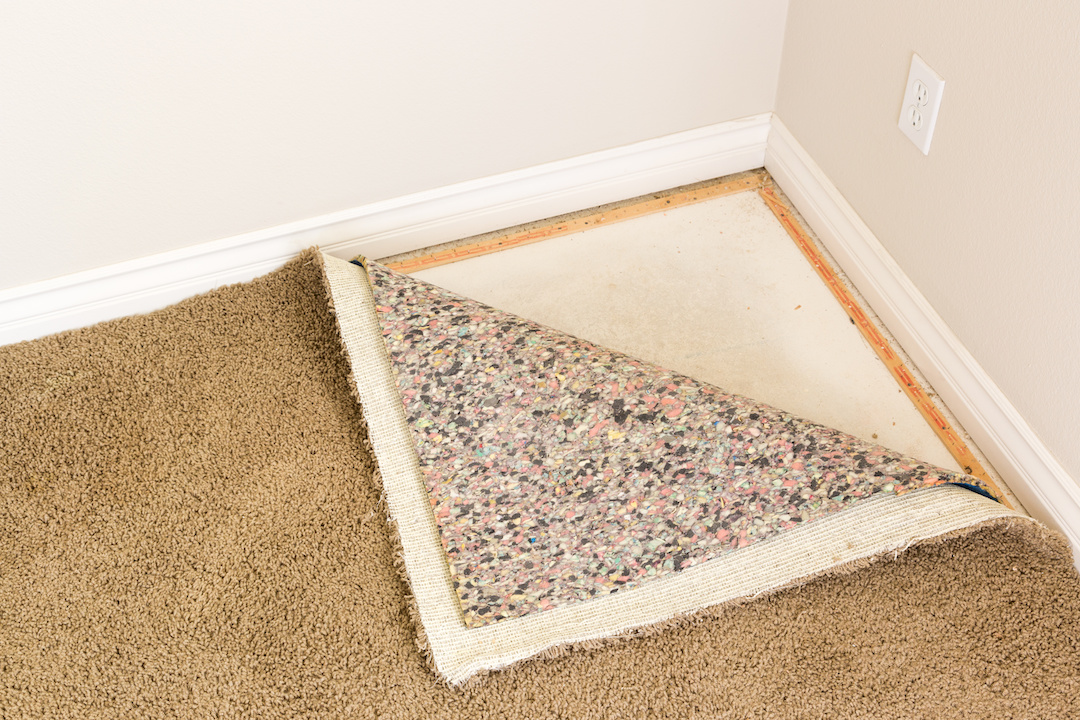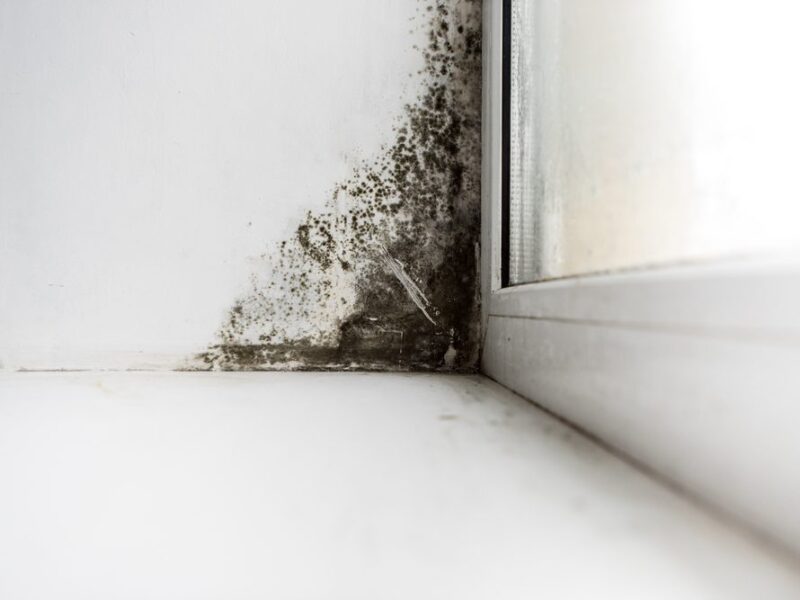Mold is more than just an unsightly nuisance lurking in dark corners and damp basements; it poses significant health risks and can wreak havoc on your home’s structural integrity. Detecting and inspecting mold effectively is key to not only safeguarding your living environment but also ensuring the well-being of those inside.
However, this task is often fraught with challenges—mold can hide in places you’d least expect, and its growth can be stealthy and insidious. Armed with the right knowledge and tools, homeowners can embark on a thorough exploration of their spaces, identifying potential mold growth before it spirals out of control.
In this article, we will delve into essential tips for effective mold detection and inspection, revealing the secrets to uncovering hidden spores and maintaining a healthy home. Whether you’re a seasoned DIY enthusiast or a concerned homeowner, understanding the nuances of mold inspection can empower you to take charge.
Let’s journey through the intricacies of mold detection together, ensuring your home remains a safe haven for all.
Recognizing Signs of Mold Growth

Recognizing the signs of mold growth can be a pivotal skill for any homeowner. Look closely; those subtle clues might be lurking in the shadows of your living spaces.
A musty odor often hints at an unseen mold colony, while discoloration on walls or ceilings—ranging from dark spots to fuzzy patches—may demand immediate attention. Don’t overlook the areas where moisture is prevalent; bathrooms and kitchens are notorious for fostering such growth.
Additionally, check any hidden corners: behind furniture, under sinks, or within damp basements. If you notice peeling paint or warped wood, these could be warnings of an underlying mold issue that, left unaddressed, can lead to health risks and structural damage.
Be vigilant, for early detection is key to effective remediation.
DIY Mold Detection Techniques

Detecting mold in your home doesn’t always require a professional inspection; with a few simple DIY techniques, you can uncover potential risks lurking in hidden corners. Start by looking for visible signs—dark spots, fuzzy patches, or a musty odor are all telltale indicators of mold growth.
Employ a moisture meter to measure the humidity levels in areas prone to dampness, such as bathrooms and basements. Additionally, creating a homemade mold test kit using petri dishes and agar can yield insightful results; place the dish in areas you suspect might harbor mold, wait a few days, and observe any growth.
If you’re feeling adventurous, there are online resources for air quality testing that can guide you through collecting samples for lab analysis. With these techniques at your disposal, you can take proactive steps toward ensuring a healthier living environment, safeguarding against the insidious nature of mold before it takes hold.
Next Steps After Detection

Once mold has been detected, the next steps are critical to ensure both the safety of your environment and the thorough remediation of the issue. First and foremost, it’s essential to avoid further exposure—this means effectively sealing off the affected area to prevent spores from spreading.
Simultaneously, assess the extent of the infestation; this could range from minor cases, easily handled with DIY methods, to extensive growth requiring professional intervention. Gather your tools—mold test kits, personal protective equipment, and any necessary cleaning supplies.
If the situation seems overwhelming, don’t hesitate to reach out to certified mold remediation specialists who can conduct a comprehensive assessment and formulate a treatment plan tailored to your specific needs. Working methodically and swiftly can make all the difference in addressing mold-related issues.
Ultimately, preventing future occurrences relies on addressing the underlying causes, such as water leaks or humidity control, ensuring your space remains mold-free and healthy.
Conclusion
In conclusion, effective mold detection and inspection are crucial for maintaining a healthy indoor environment and preventing the potential hazards associated with mold growth. By following the essential tips outlined in this article, homeowners can enhance their awareness and understanding of mold issues, ensuring that they respond promptly and appropriately.
Engaging the services of a professional Mold Inspection Company can Provide Invaluable Expertise and Thorough Assessments, Helping to Identify Hidden Mold and Assess the Extent of Any Infestation. Ultimately, Proactive Steps in Mold Detection Not only Protect Your Home but Also Safeguard the Well-Being of Those Who Inhabit It.


